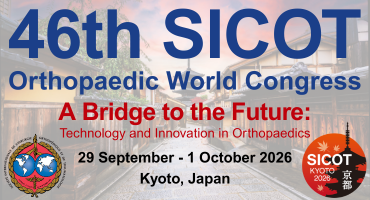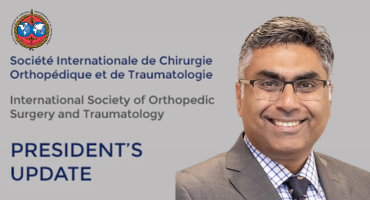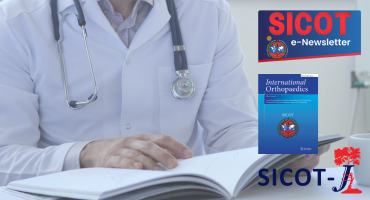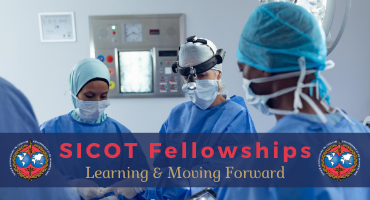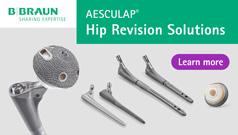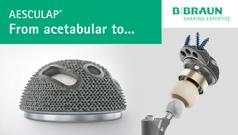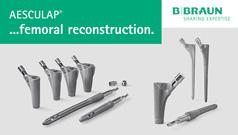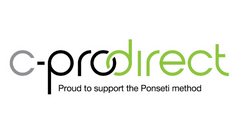Of Mice and Men: Temporal Comparison of Femoral Shaft Fracture Healing After Intramedullary Nailing: Retrospective Observational Study of Modified Radiographic Union Scores for Tibia
J Bone Joint Surg Am. 2025 Jul 10;107(16):1841-1847. doi: 10.2106/JBJS.24.01304.
ABSTRACT
BACKGROUND: Researchers employ murine fracture models to study bone healing, but the temporal relationship between mouse and human fracture healing is poorly understood. The hypothesis of this study was that it was possible to quantify specific post-fracture time frames corresponding to the stages of endochondral ossification in both mice and humans.
METHODS: Radiographs of mice and human femoral fractures treated with intramedullary stabilization were reviewed. The study included 330 human femoral fractures (OTA/AO 32A, B, or C injuries) that ultimately healed without complications in patients aged 18 to 55 years and 309 surgically created midshaft femoral fractures in 3-month-old C57BL6/J mice. Multiple orthopaedic surgeons assessed the radiographs using the Modified Radiographic Union Score for Tibia (mRUST). A 4-parameter log-logistic curve was fit to describe fracture healing over time, with 3 parameters allowed to vary: Y∞ (mRUST score at time = ∞), k (healing rate in [1/log(time)]), and X0.5 (time to half-healing).
RESULTS: The values (and 95% confidence interval) for the mice were Y∞ = 14.70 (14.54 to 14.87), k = 4.54/log(days) (4.30 to 4.77), and X0.5 = 11.77 days (11.56 to 11.98). For the humans, the values were Y∞ = 16.78 (16.21 to 17.36), k = 1.37/log(days) (1.28 to 1.45), and X0.5 = 91 days (83 to 99). All parameters differed significantly between the mice and humans (p < 0.05).
CONCLUSIONS: Using mRUST scoring and mathematical modeling, we were able to quantify and compare the temporal progression of fracture healing in mice and humans.
CLINICAL RELEVANCE: These data are relevant for designing and/or interpreting fracture healing studies of mice and humans to promote rational translation of fracture research between species.
PMID:40833385 | PMC:PMC12344732 | DOI:10.2106/JBJS.24.01304






